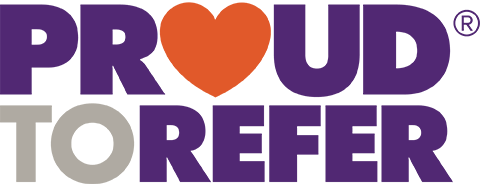Looking for a specific type of candidate for your next job opening? Reel them in with a well-written job description. The hiring process, when efficiently carried out, can get you a pool of qualified candidates to choose from; a poorly constructed job description makes that same process drag out far longer than necessary. But good practices for writing the descriptions can go a long way toward a smoother search.
- Decide what you really need. A job description with a long list of “necessary qualifications” can scare off potential employees who think they don’t have the necessary skills. Before posting anything, figure out the top essentials for this position. Then break it down into soft skills (interpersonal/communication) and hard skills (quantifiable knowledge and abilities). Decide how much experience you require by looking at what that person’s responsibilities will cover.
- Be realistic in your expectations. Honestly, you probably won’t find the person who fits your exact set of qualifications in all respects. Figure out which skills fall into the essential and the preferred (IE, “nice to have”) categories. Give a range for experience so you don’t come off as too rigid. And don’t count out candidates who may have transferrable skills — for example, the former high school English teacher can make a great editor, plus he’s had quite a bit of leadership and project experience.
- Make it clear. When putting together this list of skills, experience levels, and job responsibilities/duties, transparency wins every time. Avoid vague phrases such as, “Work in a team setting;” go with something like “work with fellow design colleagues on rebranding projects for major clients.” This gives a sense of what the candidate can expect and tells something about your company at the same time. A short description of the company, its goals, and what others in the department do there goes a long way toward promoting transparency as well.
- Be conversational. Too many job descriptions come off as a paragraph of “You will do/you will be…” statements and bulleted lists of requirements filled with jargon, all having a completely impersonal tone. Considering so many companies look for a candidate who will fit into the culture, adding something about that culture in the job description gives a potential employee a real sense of who you are as a company and what it’s really like to work there. You can tread the fine line between a professional and an inviting tone.
- Keep it concise. After you’ve gone over points one-through-four, pare it down so the description tells what you’re looking for in the simplest terms. Find a way to make point three, clarity, short and sweet as well. This helps you indicate you know what you want in a candidate — and it allows them to read and quickly understand the position — without getting bogged down in too much description. As many job seekers are job searching on mobile devices, keeping the text concise is key to allowing job seekers to find and read your opportunities.
Candidates tailor their resumes for the companies they target. Doing the same with your job descriptions will help you find that best match. With unemployment rates decreasing, top talent is becoming increasingly hard to find. For help putting a strong job description together, reach out to the expert staffing professionals at PrideStaff Thousand Oaks.



